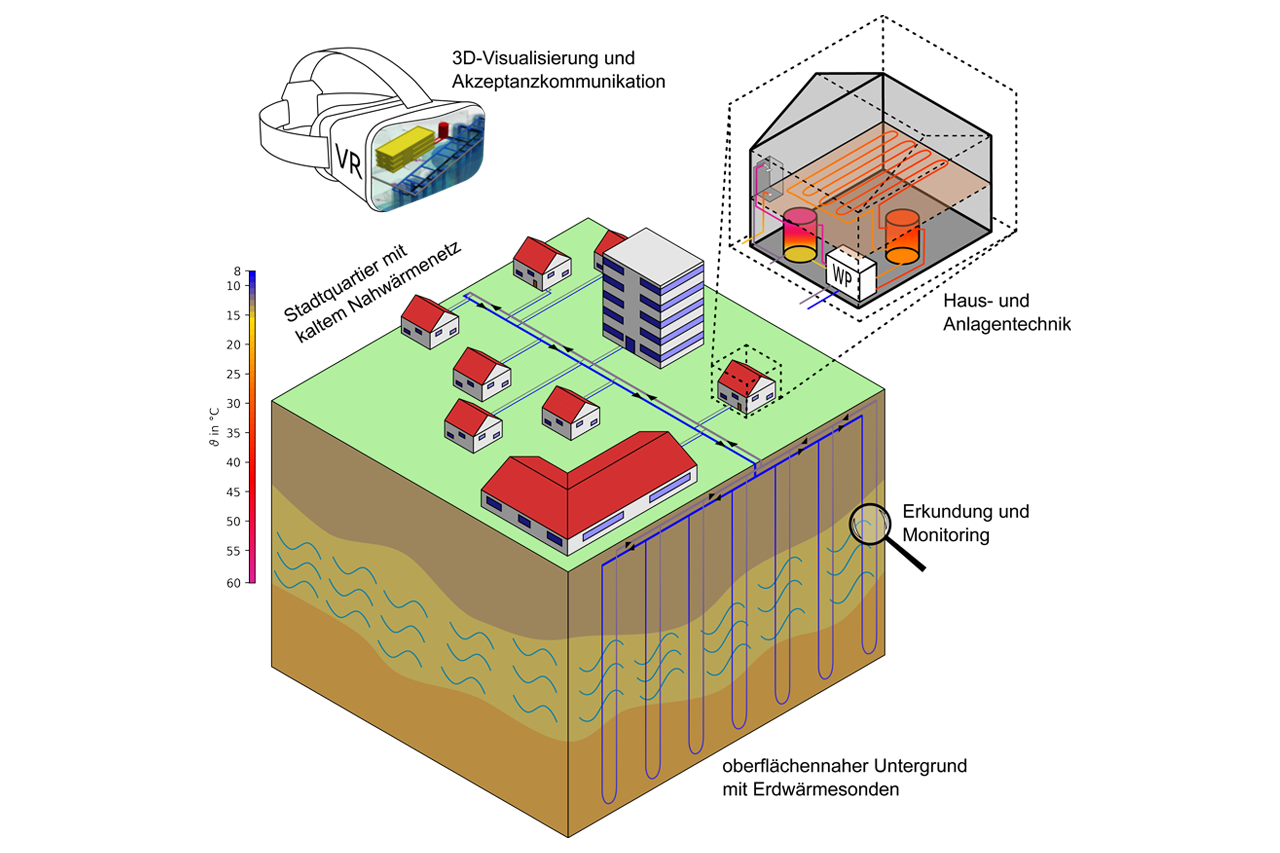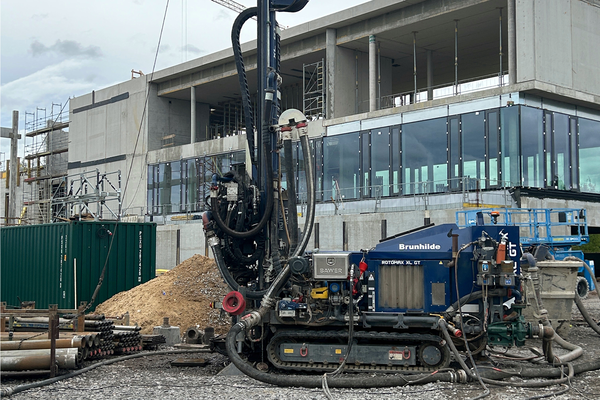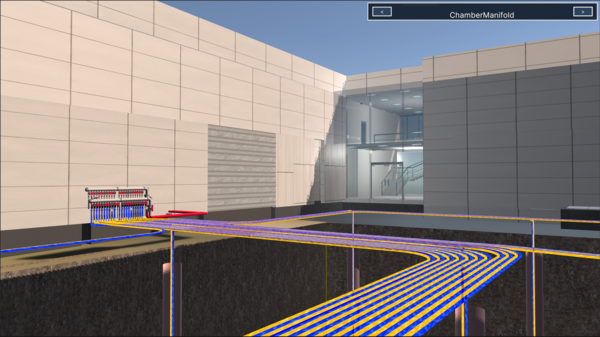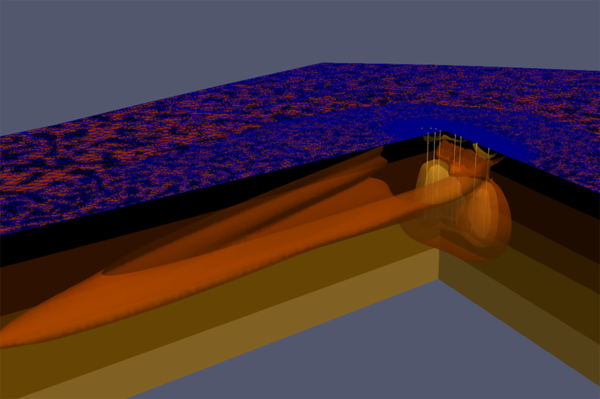In the EASyQuart-Plus research project, the University of Leipzig surveyed the population on the acceptance and level of knowledge of near-surface geothermal energy
What does the German population think about the utilisation of geothermal energy? Leipzig University investigated this question in a sub-study of a research project led by the Leipzig University of Applied Sciences (HTWK Leipzig). The aim of the nationwide survey was to determine the status quo of public perception and acceptance of near-surface geothermal energy - i.e. the form of geothermal energy use in which probes up to 400 metres deep harness the thermal potential of the ground to heat and cool buildings.
The results of the recently published study show that the majority of respondents rate renewable energies very favourably overall, but geothermal energy ranks last compared to other forms of energy such as solar or wind power. Only a few respondents have in-depth knowledge of the process and some prejudices characterise the perception. For example, risks associated with deep geothermal energy, such as earthquakes, are also wrongly associated with near-surface geothermal energy.
"Our study shows that information is crucial," explains Prof Dr Cornelia Wolf from Leipzig University. "Geothermal energy has so far been perceived as a rather unknown form of energy. Those who know more about the technology are also more aware of its advantages - such as its base load capability and independence from fossil fuels."
Opportunities recognised - costs remain a hurdle
Geothermal energy is viewed particularly favourably as a long-term sustainable and regional energy source that can be used for generations to come. At the same time, many respondents see the high investment costs and construction requirements as the biggest challenge.
The researchers were also able to show that attitudes towards heat pumps are closely linked to perceptions of geothermal energy: those who rate heat pumps favourably also see the advantages of geothermal energy more clearly. Socio-demographic characteristics such as age, education or gender, on the other hand, play a subordinate role.
Communication as the key to the heating transition

The Leipzig study forms the basis for the next step in the sub-project on communication within EASyQuart-Plus: the development of new formats to make the complex topic of near-surface geothermal energy clear and tangible. With the help of 3D visualisations and virtual reality applications, underground processes are to become visible and understandable - both for experts and for citizens.
EASyQuart-Plus: Geothermal energy for energy-efficient urban neighbourhoods
The EASyQuart-Plus joint project aims to optimise planning processes for geothermal heating and cooling systems. Under the leadership of Prof. Dr.-Ing. Anke Bucher, Professor of Applied Mechanics at HTWK Leipzig, the project participants are developing digital models to simplify the planning and operation of systems and make them more cost-efficient. At the heart of the project is the coupling of simulations of underground processes with those in the heat supply network and in the building, including building services - including the development of so-called digital twins of geothermal probe systems.
"With our research results, we want to make the use of near-surface geothermal energy more widespread," emphasises Prof. Dr Anke Bucher. "The potential for a sustainable and base load-capable heat supply is enormous."
Background: An interdisciplinary joint project
The project "EASyQuart-Plus - Energy-efficient design and planning of decentralised supply networks for geothermal heating and cooling of urban districts - digitalisation and practical effectiveness" runs from January 2024 to December 2026 and is funded with 2.2 million euros by the Federal Ministry for Economic Affairs and Energy (BMWE).
The scientific institutions Helmholtz Centre for Environmental Research (UFZ) and the Institute of Communication and Media Studies at Leipzig University are involved under the coordination of HTWK Leipzig. Practical partners are the geothermal specialist planners geoENERGIE Konzept and heatbeat engineering. The Weishaupt Group, in particular with BauGrund Süd, has joined the project as an associated partner and recently built a new company headquarters in Schkeuditz, including the utilisation of near-surface geothermal energy. Extensive measured values from real operations are now being collected there, which the researchers are comparing with the results of the digital twin in order to optimise it. The unique data set will be used to derive generally transferable results for the optimised planning and operation of geothermal probe systems.


